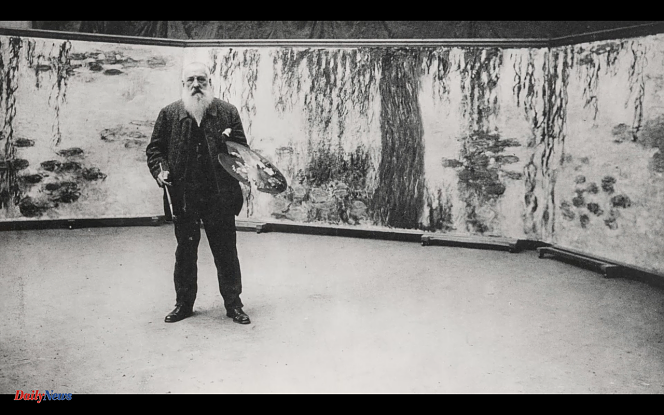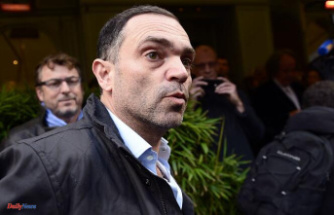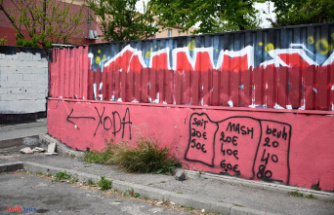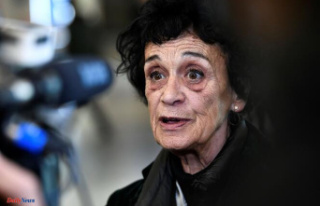Before being considered the authors of a decisive aesthetic revolution and becoming the darling of collectors and museums, the so-called “impressionist” painters were called all names, pulled the devil by the tail and sometimes waited a long time for recognition. official.
Also Auguste Renoir (1841-1919), Claude Monet (1840-1926), Camille Pissarro (1830-1903), Paul Cézanne (1839-1906), among others, did not refuse the windfall provided by the commission of decorative paintings . This is what Marie-Christine Courtès’s fascinating documentary When the Impressionists Wanted to Paint the Walls (2021) reminds us of.
Renoir, who trained on the job by painting ceramics, blinds and fans, decorated around twenty Parisian cafes. The young Cézanne covered the plaster walls of the large family living room in Aix-en-Provence with frescoes. But if he conceived this work as a sort of “sample collection”, it was first and foremost to convince his banker father that he had the qualities required to pursue a career as a painter.
For many, decorative painting in apartments is all the more welcome as painting intended for official places is often refused. At the Paris City Hall, rebuilt between 1874 and 1882, the commission responsible for selecting the projects preferred Pierre Lagarde (1853-1910) to Claude Monet by ten votes to four...
However, in 1878, Marie Bracquemond (1840-1916), the most unknown of the group, was commissioned to create a large ceramic painting for the Universal Exhibition in Paris. In 1893, for that of Chicago, Mary Cassatt (1844-1926), an American living in Paris, created the largest wall decoration by an impressionist painter to that date.
Turkeys on walls
In addition to the hard and fast profits provided by this work, there is the benefit of being seen and noticed in Parisian salons and the resorts of influential people. Thus Paul Durand-Ruel (1831-1922), a great art dealer, invited his clients to his apartment, where he invented the “showroom” with which Claude Monet decorated five doors.
Artists also find in these places a field of experimentation (formats, colors and subjects). Ernest Hoschedé (1837-1891), first buyer of Impression, soleil levant (1872), the painting by Monet which inspired the Impressionist movement to take its name, let him paint… turkeys on the walls of his castle.
The documentary also discusses Les Nymphéas, the large mural fresco almost 100 meters long, which Monet gave to the State in 1918. But the extremely famous work is almost irrelevant: it was not designed for the Museum of the Orangery; it is this one which was converted to accommodate what was originally intended for a living room.
A large part of these commercial, temporary or private decorations, signed by these artists, have been destroyed, lost or sold. One of the great qualities of this documentary is that it reconstructs, using computer-generated images, the creations that have disappeared from preserved photos or fragments. It’s as exciting as it is moving.












